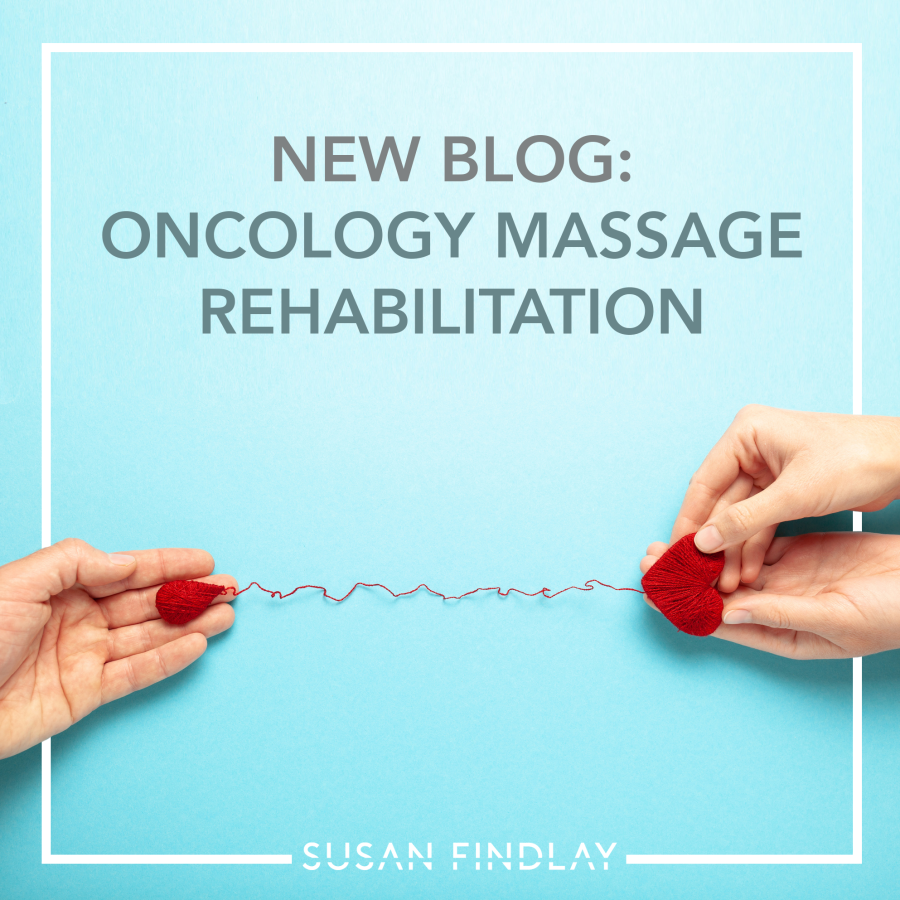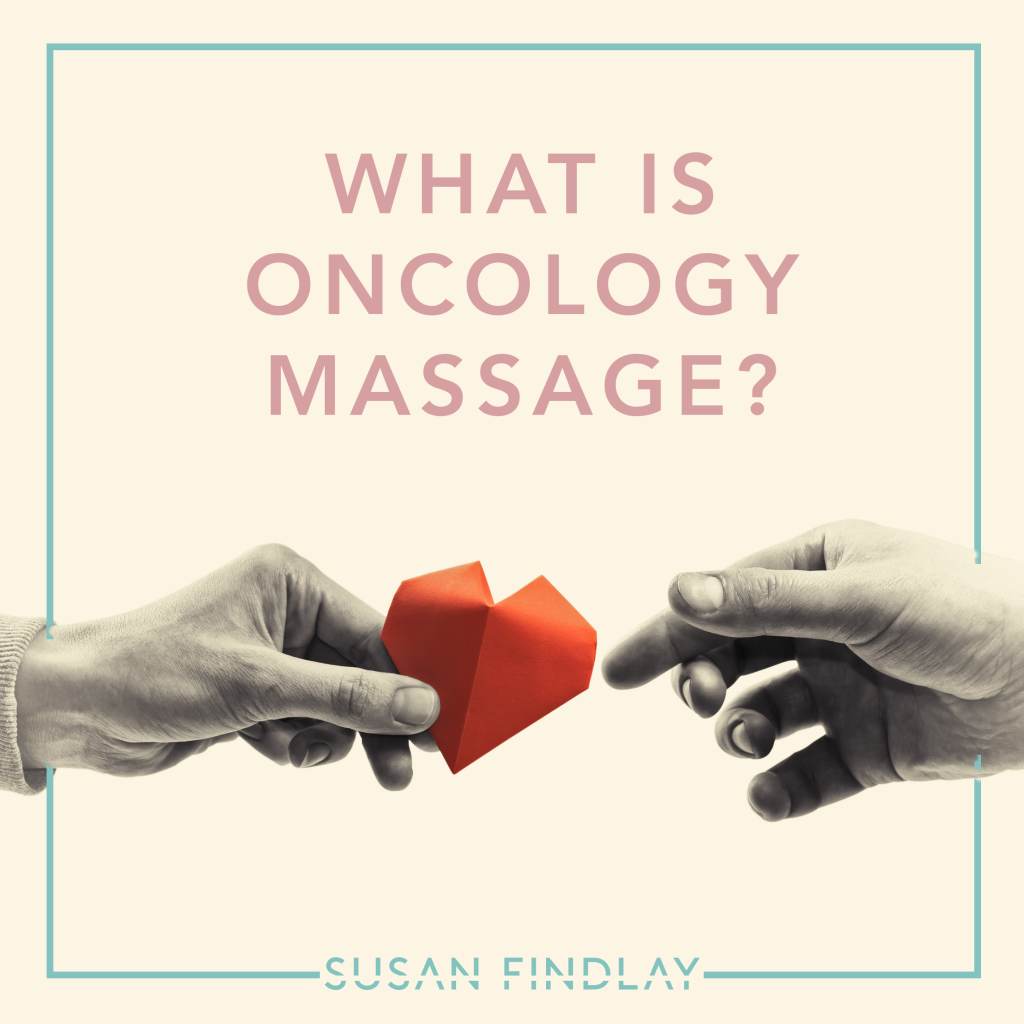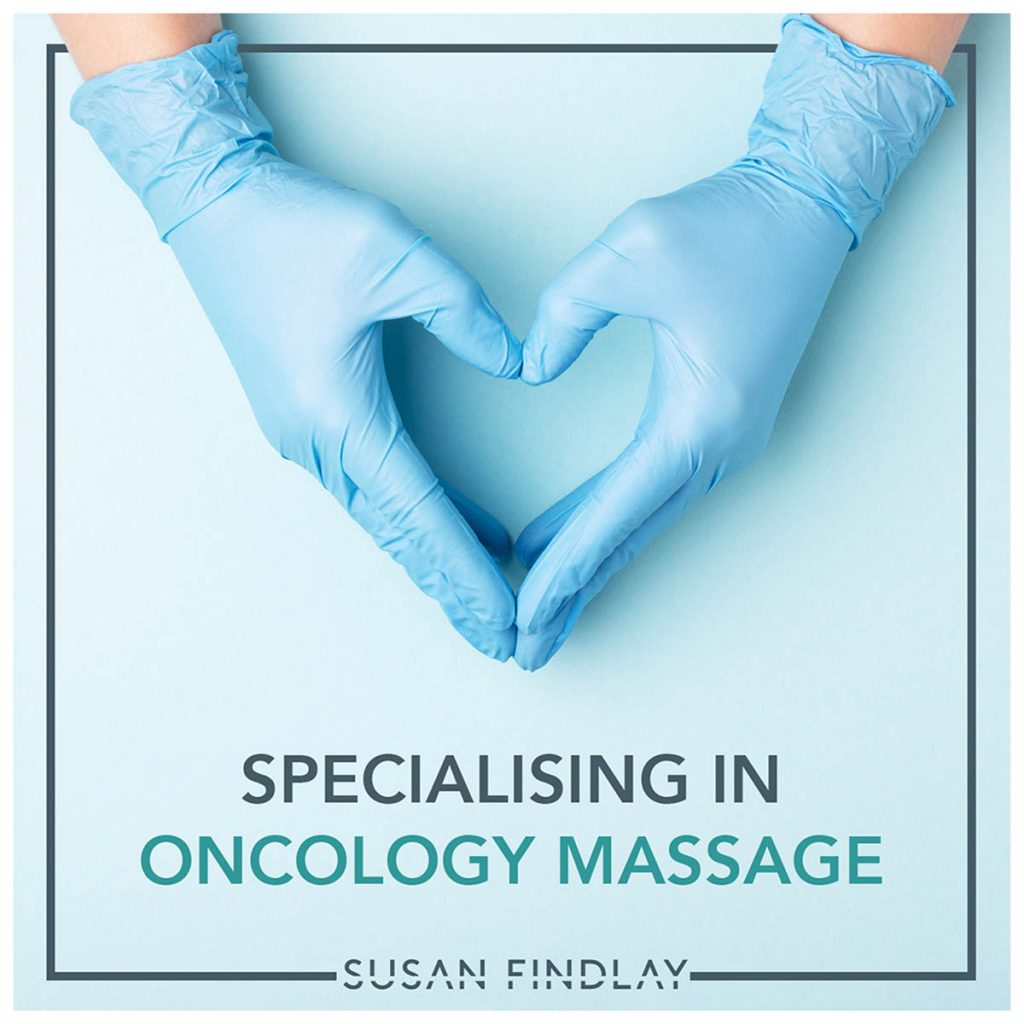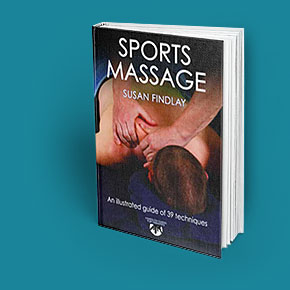Oncology massage can play a very important role in helping people recover from cancer. After experiencing cancer, we all know that the rehabilitation process can be challenging and lengthy, but with the correct help and procedures, a lot of stress can be lifted.
As always, your client’s well-being should be at the centre of every case, but those undergoing Oncology Massage Rehabilitation may require a more sensitive and supportive approach.
As a holistic practitioner, I firmly believe that both the mind and the body should be considered for successful healing. This is where Oncology Massage Rehabilitation steps in, as not only does it have physical benefits, but it has been proven to reduce stress and anxiety and assist clients through challenging times.
This year, the NHS has reported that one in two people will get cancer in their lifetime. Now more than ever, with the latest medical breakthroughs and modern science, the “big C” doesn’t have to sound so intimidating.
1 in 2 people
will get cancer in their lifetime
Of course, it will always be a frightening process, but success rates for healthy recoveries are improving, and it has never been more important to focus on the way improving your practice will help your clients’ healing journeys.
Typically, Oncology Massage Rehabilitation is carried out by a therapist working very closely with the oncologist overseeing the client’s entire rehabilitation programme. The mindful touch of an oncology massage therapist can play a vital role in the client’s recovery with predictable clinical outcomes, and in fact, could have multiple beneficial factors towards recovery.
Oncology massage can be applied during or after treatment, but it is advised that any massage carried out during the treatment period should last no more than 20 minutes, of course this is always dependent on the stage of health your client is manifesting. As a practitioner, this can be a very challenging job, but always remember, the outcomes are extremely rewarding.
So, to me it’s clear that there are definite benefits of Oncology Massage, but I’ve been extolling its virtues for some time now! So, I’ll do a deep dive for those of you reading about this for the first time!
Before we get into the fundamentals, you must always remember that any form of massage techniques generally should not begin until treatment has started, this is sometimes hard to navigate as we do not always know we are working with someone who has cancer. Treatment might include chemotherapy, radiotherapy, immunotherapy and/or surgery. Starting massage too early could have detrimental effects on your client’s health, which is the last thing that both the practitioner and client want but there are modifications we can make that will not place unreasonable demands on the body and create more stress, quite the opposite, our choice of location, techniques and timing can have a beneficial effect if we work smartly.
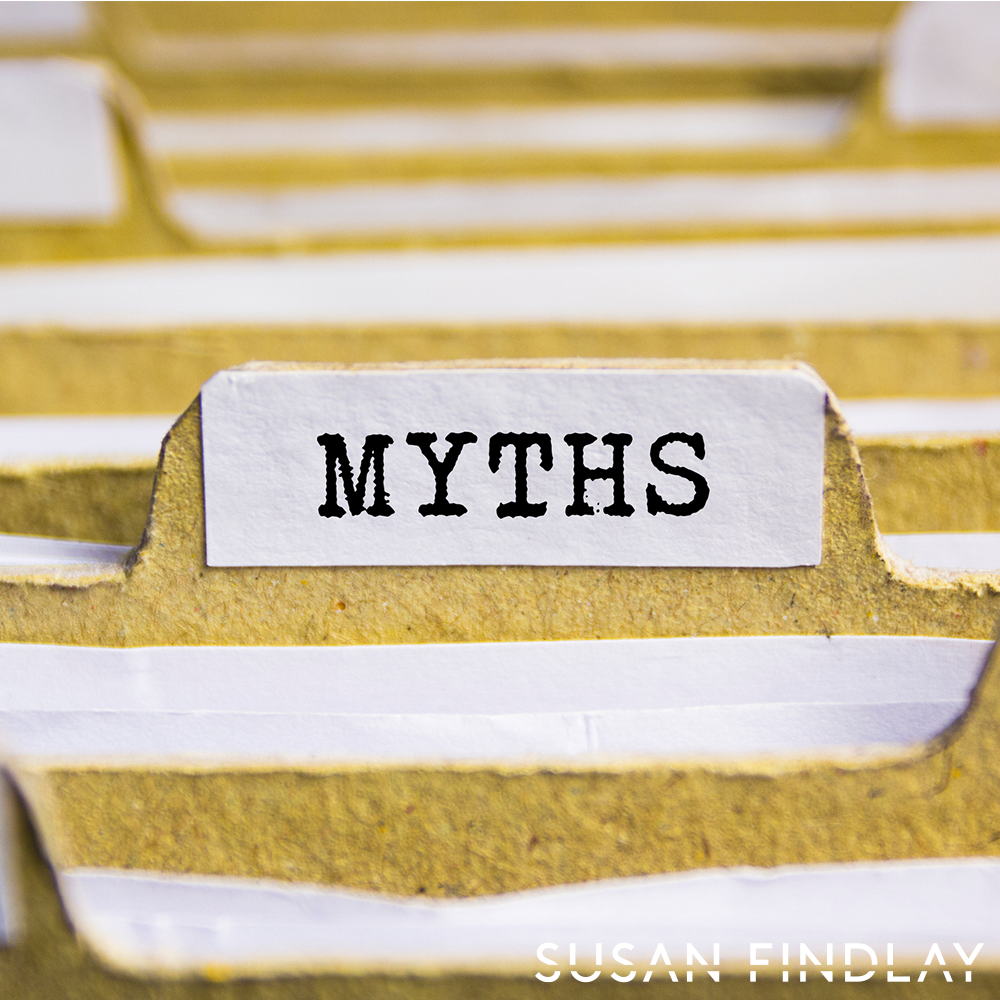
Like everything else in life, you will always hear rumours being muttered around the room and zooming across the internet faster than the speed of light, and some of you may have heard that Oncology Massage can assist towards the spread of disease. I can assure you that this is no more than a rumour and this extremely beneficial form of treatment does not contribute to the spread of disease.
If suitable and effective treatment is administered first then it is perfectly safe, even for those with advanced stages of cancer. It is all about the application, where, how and when.
I touched upon this earlier, but I feel that particular attention needs to be given to the psychological benefits of Oncology Massage during the rehabilitation process. It may seem like an oxymoron to say that applying pressure can relieve pressure, but it’s true!
Although everyone is individual and will respond differently, there is no doubt that recovering from cancer will be an anxiety-provoking time and the aftermath will leave a residue of stress.
Massage therapy has been proven to stimulate the vagus nerve and activate our parasympathetic nervous system, slowing down the heart rate and breathing (respirations), making us feel calmer. Helping your clients to alleviate that stress and anxiety can take them one step closer to feeling themselves again.
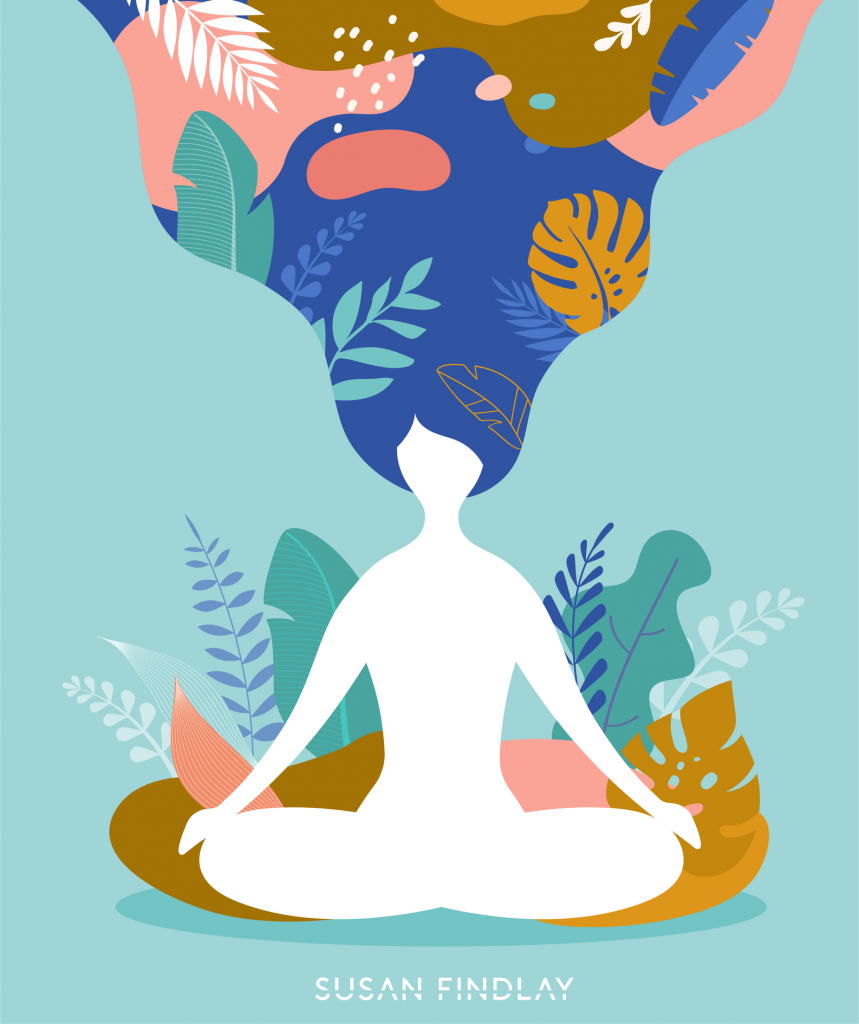
A controversial subject, I still have my own reservations about this but it has been shown that massage could increase lymphatic drainage, which could aid in the excretion of cancer cells. Increasing lymphatic drainage does not create conditions for cancer metastasizing compared to the normally present interstitial pressure. Massaging the area using an appropriate pressure without swelling will help to minimise congestion and allow for fluid to flow.
Radiotherapy is one of the main forms of cancer treatment, although it has proven success rates, the aftereffects can be incredibly debilitating intense physical and mental side effects. In some cases, soft tissue can be damaged, and from this many complications can arise. Sometimes treatment can damage bone or vascular support. From here hypoxia can set in and further problems can arise. Since we are familiar with the effects of hypoxia, we can provide further support and additional assistance. For example, we can provide mobility exercises during a massage that are passive will help decrease pressure within tissue.
A lot of clients will experience different aftereffects of surgery, as this will be very dependent on the type of surgery undertaken.
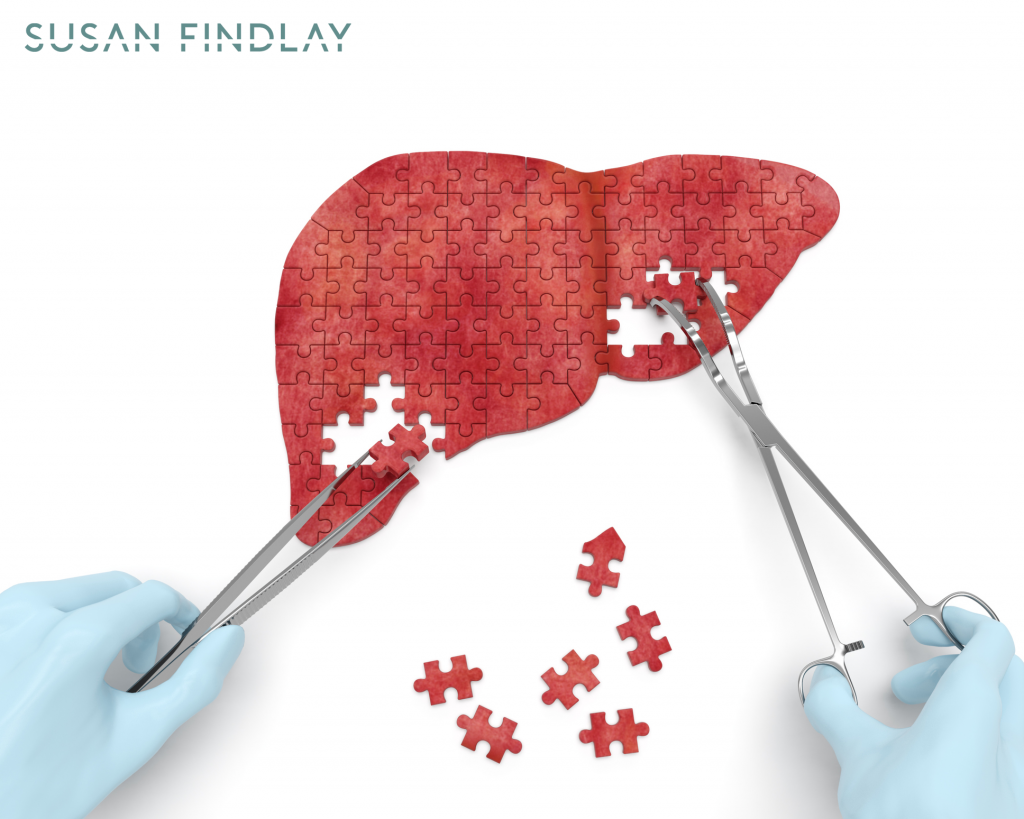
However, speaking in general terms there are a few benefits to mention when it comes to Oncology Massage Rehabilitation after surgery. One of the main factors can be tied to the fact that it improves the circulation of blood and lymphatic fluid locally. This helps with the origination of the body’s tissue which could reduce the chances of swelling or stiffness.
The word is out – cancer is no longer a barrier to massage (when it’s done correctly!) Happy days for us as therapists and great news for our clients, who get to experience the physical and psychological restorative effects of Oncology Massage. It is no secret that cancer recovery is a scary and stressful process but in my role as a practitioner, I get to do my little bit and be a part of my clients’ recovery journey, which is so rewarding I can’t even tell you!
If you would like to know more about Oncology Massage, you can take a look at my Oncology Courses, available online and in person here.
Additionally, please check out the following articles I have written on the subject.
